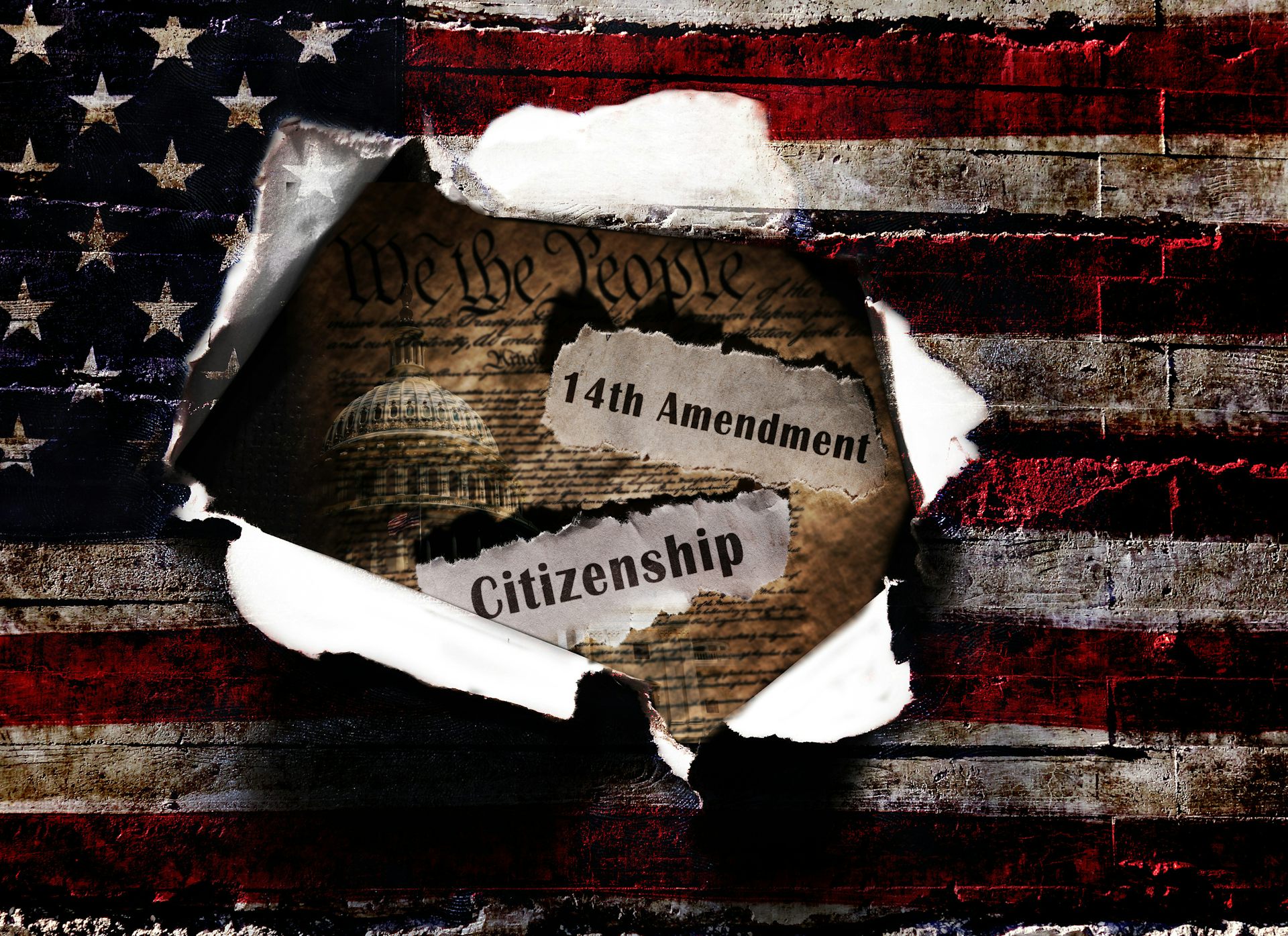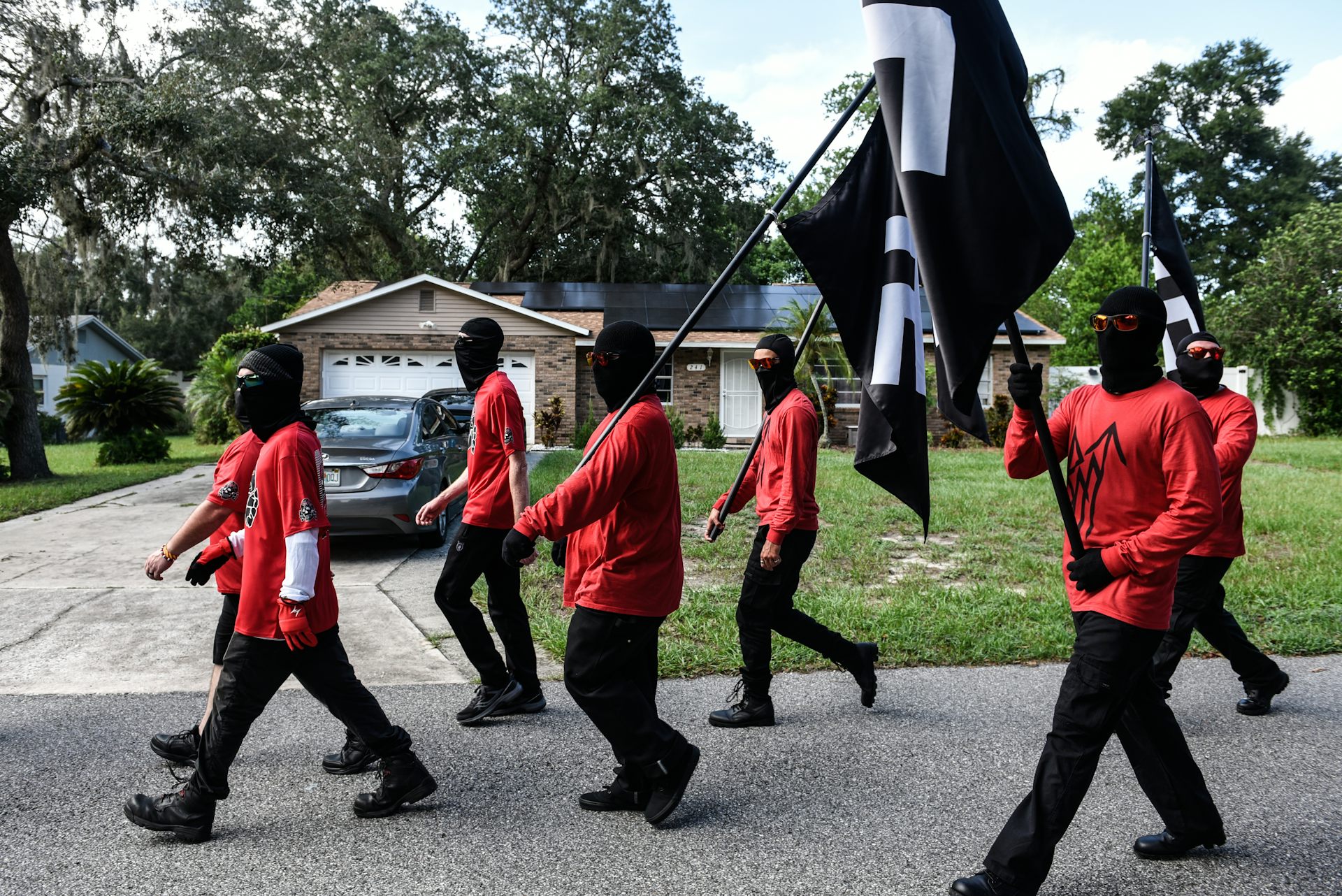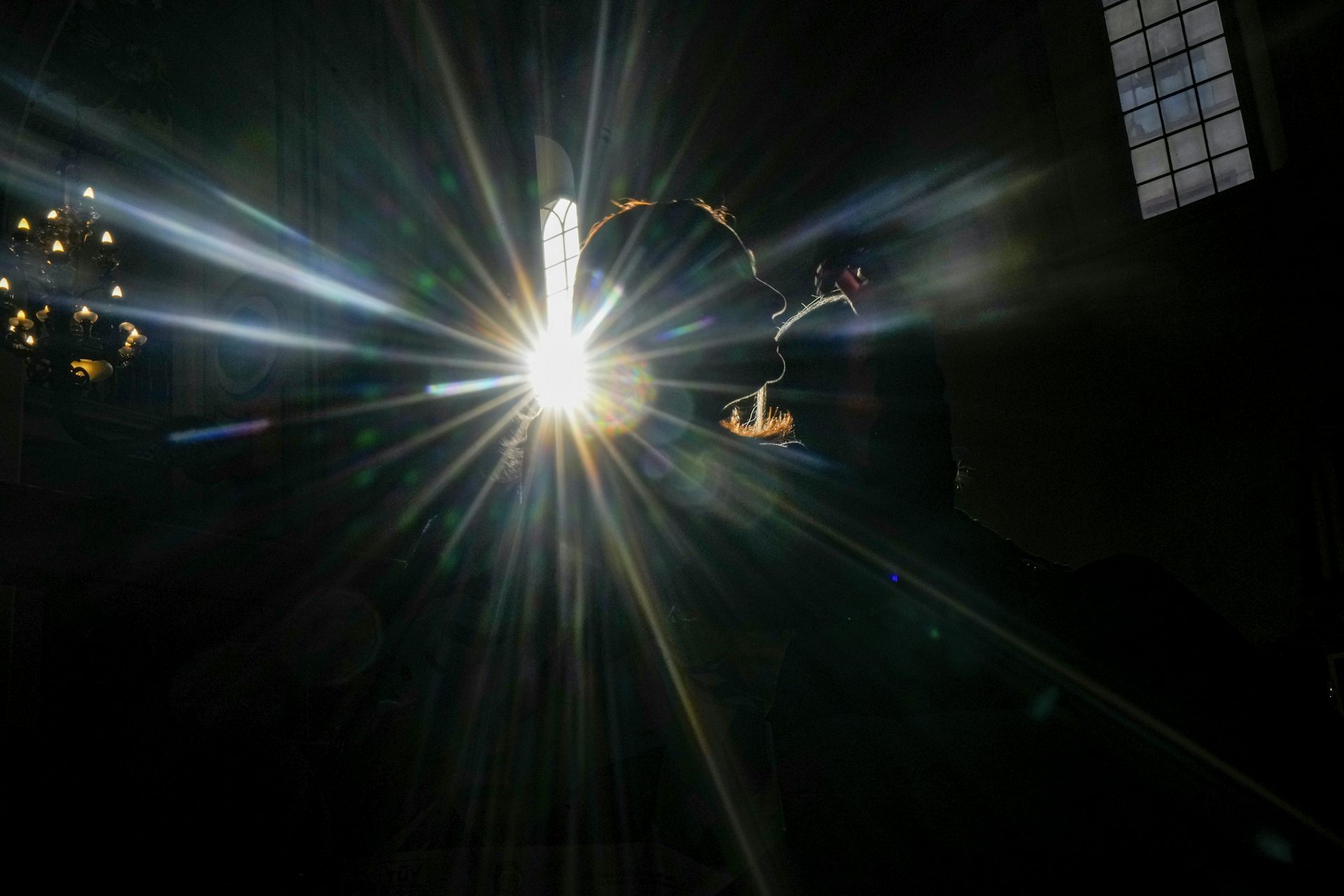How a Black writer in 19th-century America used humor to combat white supremacy
Black writers like Charles Chesnutt had to contend with a dilemma writers today know all too well: give the audience and editors what they want, or wallow in obscurity.
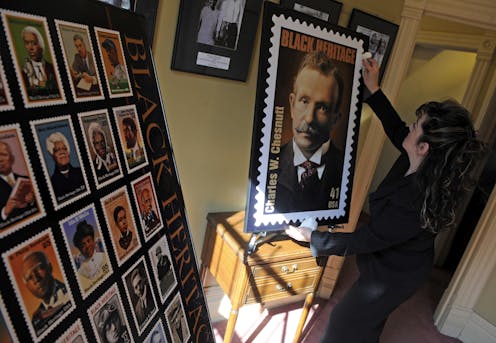
Any writer has to struggle with the dilemma of staying true to their vision or giving editors and readers what they want. A number of factors might influence the latter: the market, trends and sensibilities.
But in the decades after the Civil War, Black writers looking to faithfully depict the horrors of slavery had to contend with readers whose worldviews were colored by racism, as well as an entire swath of the country eager to paper over the past.
Charles Chesnutt was one of those writers. Forced to work with skeptical editors and within the confines of popular forms, Chesnutt nonetheless worked to shine a light on the legacy of slavery.
His 1899 collection of stories, “The Conjure Woman,” took place on a Southern plantation and sold well. At first glance, the stories seemed to mimic other books set in the South written in a style called “local color,” which focuses on regional characters, dialects and customs.
But Chesnutt had actually written a subversive counternarrative, using humor to poke holes in the nostalgic myths of the South and expose the contradictions of a racist society.
Rewriting the past
After the Civil War, there was a concerted effort to portray the South as a pastoral place possessed with a culture of honor. Slavery, meanwhile, had been a nurturing, even benevolent, institution.
These beliefs bled into the era’s fiction, with white authors such as Thomas Nelson Page and Joel Chandler Harris writing stories that sentimentalized and softened the complex histories of the past.
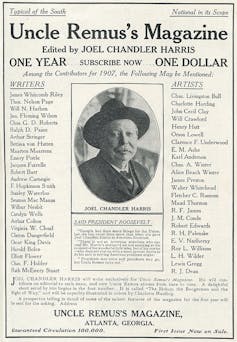
Many of these stories feature a formerly enslaved older male who’s given the affectionate moniker “Uncle.” These characters tended to describe the Civil War as an affront on the Southern way of life, while presenting the South and its landed gentry as heroic.
In “A Story of the War,” for example, Harris introduces the character Uncle Remus, who recounts the time his master went away to fight the Civil War. Overcome with concern for the man who enslaved him, Uncle Remus follows him and witnesses a Northern soldier preparing to shoot him. In a moment of panic, Remus shoots the Northerner, wounding him.
“A Story of the War,” like most Southern local color tales, appealed to readers invested in the Lost Cause of the Old South, a revisionist ideology that depicts the creation of the Confederate States and cause of the Civil War as just and heroic.
Historian Fred Bailey notes that stories like Page’s and Harris’ were “hailed by the South’s upper-classes,” while associations like the United Daughters of the Confederacy routinely read from these works at their meetings.
Chesnutt’s revisionist humor
At first glance, it would seem Chesnutt, who was mixed-race and could have easily passed for white, was merely working within the dominant literary form of his time and fashioning stories geared to a white audience.
Like his white contemporaries, Chesnutt, in “The Conjure Woman,” includes a character who’s an “uncle” living on the abandoned plantation where he once toiled.
But Chesnutt, as literary historian Dickson Bruce points out in his 2005 essay “Confronting the Crisis: African American Narratives,” used the setting of the plantation to present a more authentic representation of slavery.
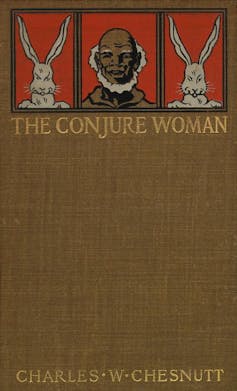
Uncle Julius, who appears in each of the collection’s stories, isn’t nostalgic for some bygone era. Instead, he reflects on his own life and seeks to show the humanity of the enslaved. He uses his ability as a raconteur to cleverly swindle a white carpetbagger who bought the plantation Julius lived on during his bondage and after the Civil War. The stories are descriptive, corrective – and, most importantly, funny.
While Chesnutt’s tales explicitly engage with the hard history of slavery, each of the stories ends on a lighter note, with Uncle Julius often getting what he wants. Throughout the collection, he parodies the conventions of Southern fiction – whether refuting racist tropes or showing the cruelty of the ruling class – subtly poking fun at a culture enveloped by the fog of nostalgia.
Bound by form
At the same time, Chesnutt felt as if he couldn’t simply write broadsides against myths like the Lost Cause. In order to be published, Black writers needed to appeal to the sensibilities of white readers and the demands of editors.
For example, Uncle Julius spoke in a Black dialect that sounded similar to those of the uncles authored by white writers. This didn’t come easily for Chesnutt. In one letter to his editor, Chesnutt described writing in this dialect as a “despairing task.”
Nonetheless, he avoided completely pandering to mainstream expectations of how Black characters should be portrayed.
He rejected the emergent historiography of Reconstruction that refused to recognize the agency of African Americans, and despite working within the form, Chesnutt didn’t present Julius as a buffoon who was happy to serve the whites in his midst.
Even though his stories didn’t overtly denounce racism, Chesnutt hoped they might still chip away at prejudice:
“But the subtle almost indefinable feeling of repulsion toward the negro, which is common to most Americans – and easily enough accounted for, cannot be stormed and taken by assault; the garrison will not capitulate: so their position must be mined, and we will find ourselves in their midst before they think it.”
Humor opens doors
Chesnutt is far from the only Black artist asked to make compromises. Poet Langston Hughes had a falling out with his patron, Charlotte Osgood Mason, who viewed African Americans as a link to the species’ primitive past and wanted his work to be devoid of political progressivism.
As Hughes wrote in his 1940 autobiography, “The Big Sea,” “I was only an American Negro – who had loved the surface of Africa and the rhythms of Africa – but I was not Africa. I was Chicago and Kansas City and Broadway and Harlem. And I was not what she wanted me to be.”
In Chesnutt, I also see ties to contemporary Black comedians who center their humor around race.
During the third season of “Chappelle’s Show,” Dave Chappelle famously suffered from an existential crisis because the comedian wasn’t sure how people were responding to his humor. In a 2006 interview with Oprah Winfrey, he explained how, when filming a sketch in blackface, “someone on the set, that was white, laughed in such a way – I know the difference of people laughing with me and laughing at me. And it was the first time I’d ever gotten a laugh that I was uncomfortable with.”
Shortly after, Chappelle quit the show.
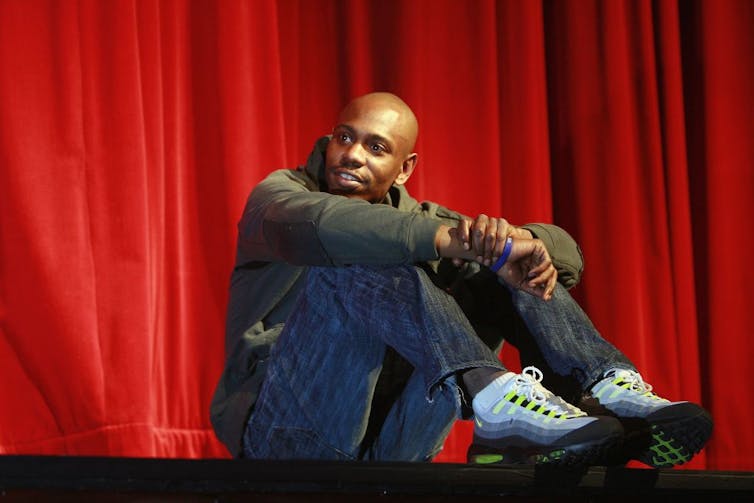
While Chesnutt was certainly not the first African American artist to use humor to depict the horrors of slavery, he was one of the first to reach the American mainstream.
The humor disarms readers, helping them cross a psychological threshold and enter a space where a more nuanced conversation about the history of the country can take place.
[Get the best of The Conversation, every weekend. Sign up for our weekly newsletter.]
Rodney Taylor does not work for, consult, own shares in or receive funding from any company or organisation that would benefit from this article, and has disclosed no relevant affiliations beyond their academic appointment.
Read These Next
The Supreme Court’s decision on birthright citizenship will depend on its interpretation of one phra
Advocates for each side will provide a different explanation for who falls under ‘the jurisdiction’…
A culinary educator and local dining expert breaks down Michelin’s debut Philly list − and gives zer
The Michelin awards will almost certainly bring more tourism to the city, and more revenue to the honored…
Far-right extremists have been organizing online since before the internet – and AI is their next fr
Neo-Nazis and other far-right extremists were early adopters of bulletin board systems, pioneering online…


